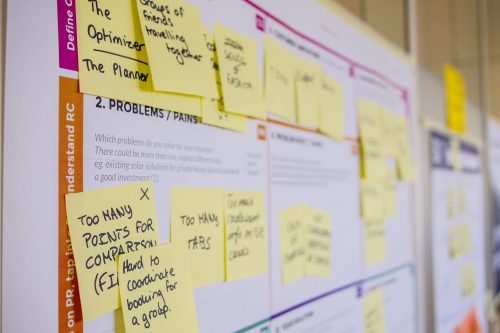Problem solving is an important skill to build when on a Lean journey. It is the critical step of moving from constant firefighting to one where problems are proactively worked through to find solutions and the creation of improved processes through continuous improvement.
Unfortunately a lot of organisations are used to responding to problems as they arise, with key people operating as the fire-fighters. The firefighters are constantly putting out operational or people “fires” and the ongoing activity makes it seem like it is productive, but in reality it is uncontrolled and reactive chaos. The longer this happens, it will impact both efficiency and culture across the organisation leading to increased staff turnover, rework and decreased profitability.
When Lean problem solving is implemented, it can help people become more proactive and efficient in their work and the feeling that there is a systematic, controlled way to approach fixing issues. Building a problem solving culture starts with creating an environment where employees feel comfortable seeking help and taking ownership of their work. This can be accomplished by providing employees with the tools and resources they need to succeed, as well as encouraging them to take pride in their work.
It is important for leaders to support the right culture by:
- Making it the norm to expose and talk about problems vs hiding them
- Encouraging team members to be involved in problem solving at all levels
- Empowering individuals to problem solve vs the “firefighters” or leaders
- Providing support, resources, commitment and the right environment
- Making problems visible
- Solving one problem everyday
- Recognising and share achievements across the team
When approaching problem solving it is important to have built capability across the team in the right tools so that everyone is approaching it in the same way with the same language. Key problem solving tools can include:
Pareto Analysis
This is commonly known as the 80/20 rule where 80% of effects come from 20% of causes.
5 Whys Questioning
This is a technique that helps to find out why something happened and helps to drill down to root cause.
Process Mapping
Process mapping helps to map our current state and look at where the waste or issues can be identified to streamline the activity and create a future state.
Fishbone Diagrams or Cause and Effect Diagrams
This is a visual way of showing how one problem affects another.
When mistakes and problems become transparent it creates ongoing opportunities to drive continuous improvement. It is important to build the right culture as well as the skills to problem solve as both are equally important. It creates psychological safety within the team that mistakes are normal and are not to be hidden and by identifying and solving problems early on, it prevents them from becoming bigger and more difficult to manage.


